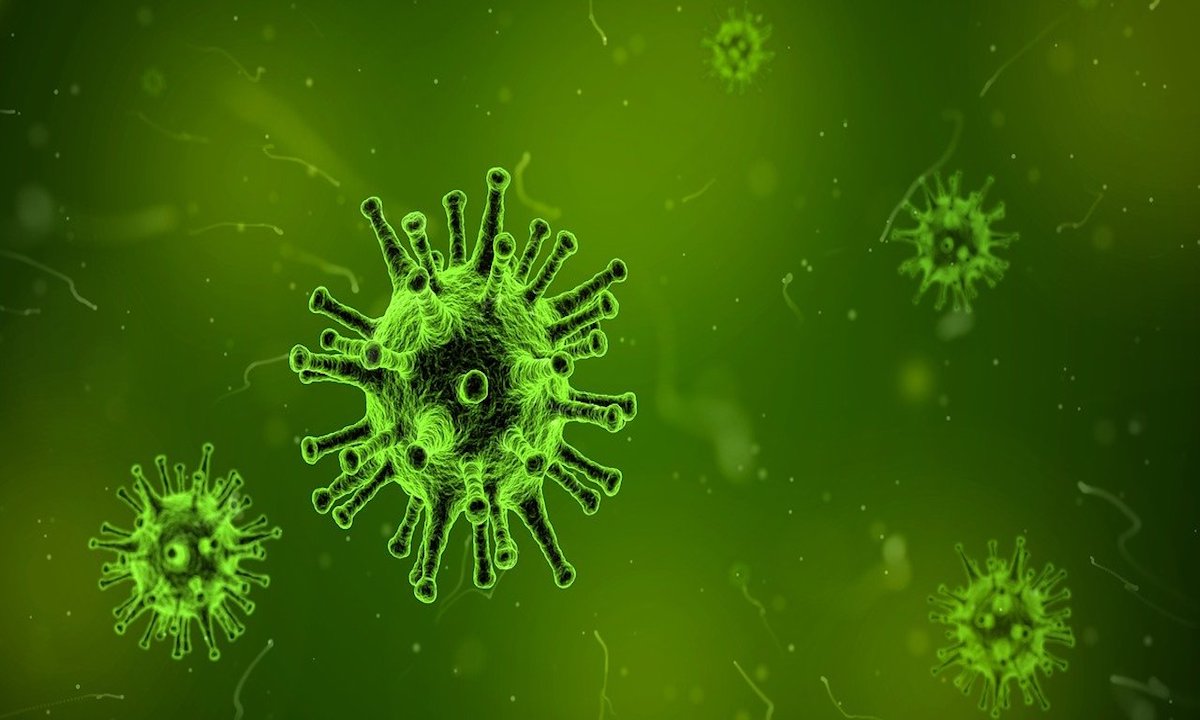Written by Kirk Laughead
“Massive genetic study shows coronavirus mutating and potentially evolving amid rapid U.S. spread” warns a Washington Post article about a new highly contagious variant of SARS-Cov-2, the coronavirus that caused the COVID-19 pandemic. The sub-headline of a story at The Hill raises concerns that this mutation may enable the virus to “outmaneuver mask wearing and hand-washing,” thus rendering it considerably more contagious. These revelations are causing many people to worry about whether we may be facing another wave of the virus, only worse, along with another round of shutdowns.
The cause of this alarm is a study that was recently published on the preprint service MedRxiv. The study, which has not yet been peer reviewed, was conducted by Houston Methodist Hospital in conjunction with scientists from Weill Cornell Medicine, the University of Chicago, Argonne National Laboratory, and the University of Texas at Austin. The project team catalogued over 5,000 genetic variants of the SARS-Cov-2 virus that was collected from patients in the Houston area between March and July. The vast majority of the mutations catalogued in the study are completely harmless, however.
That said, one mutation, known as D614G, affected the spike protein that the virus uses to attach itself to a receptor on the target cell. The spike protein acts like a key to open the receptor so the virus can penetrate the cell and use the cell nucleus to replicate and create more copies of itself. The D614G mutation has enhanced the ability of the virus to attach to and penetrate the cell, allowing it to replicate more readily. The resulting higher viral load makes D614G more contagious by increasing the amount of additional viral particles that may be emitted and available to penetrate the current mitigation measures of hand washing, mask wearing, and social distancing.
But it’s not all bad news. Viruses rarely become more deadly due to mutations. Though most viruses undergo constant mutation, the vast majority of these variants are minor and insignificant. It’s not uncommon for a virus to become more benign over time because the virus needs live hosts in order to survive. A more aggressive and lethal virus that kills the host too quickly will limit its ability to spread. None of the mutations have increased the lethality of the virus or its ability to kill. However, a higher level of disease-related mortality can be associated with the increased virulence of D614G due to the greater number of people that may ultimately become infected and potentially succumb to it.
Before you begin to panic, it should be noted that this is not a new story. These articles are new and the study in Houston is new, but the hysteria and the D614G mutation are not. D614G first appeared in China all the way back in January. It then migrated to the United States, Europe, and Latin America. By March, it had become the dominant strain in most of the world. It was first reported in June in a non-peer reviewed study conducted by Key Laboratory of Molecular Biology in Chongqing, China, and posted to the preprint site MedRxiv. The D614G variant ultimately displaced all other strains. The virus we are becoming infected with now is the same virus that was infecting us in the spring—it’s the same strain we’ve been dealing with the whole time.
In March, the Houston area experienced a 71% rate of D614G infection. By June, D614G was 99.9% predominant. When the Key Laboratory study was first published in June, there was the same level of hysteria being generated by the media over this mutation as they are trying to generate now.
At the time of that publication, the United States had already reached saturation levels of D614G, yet the stories that first announced the mutation presented it as if it was still a looming threat that we should all be very worried about. There was even speculation about what it would all mean moving forward. The reality now is the same as it was then—nothing has changed. D614G is still the exact same virus that we’ve been battling throughout most of the pandemic.




